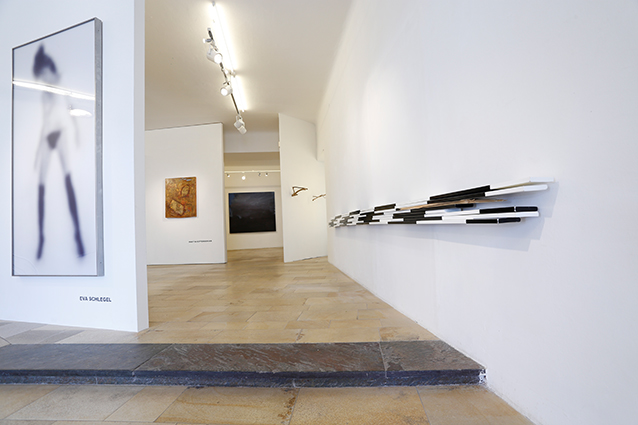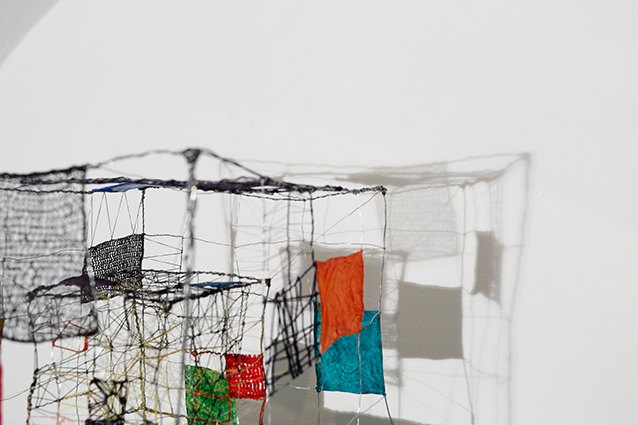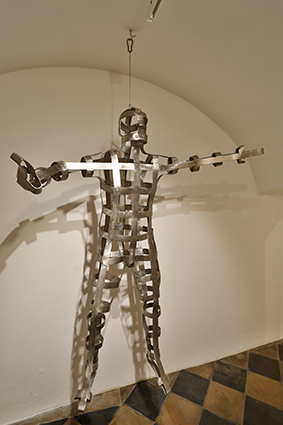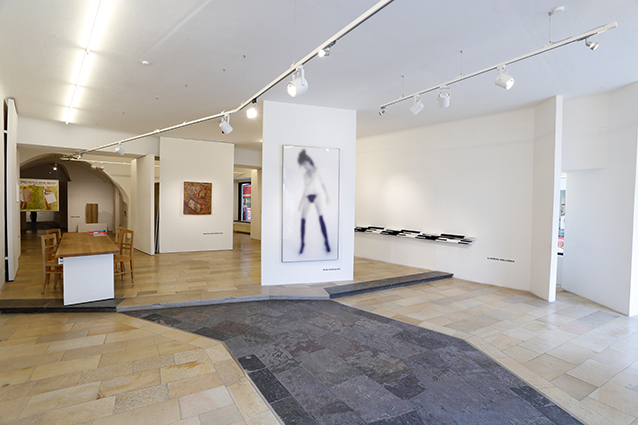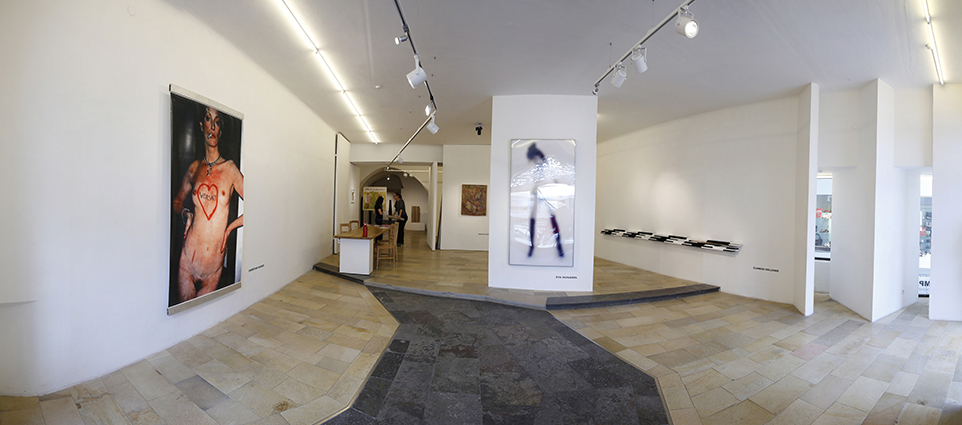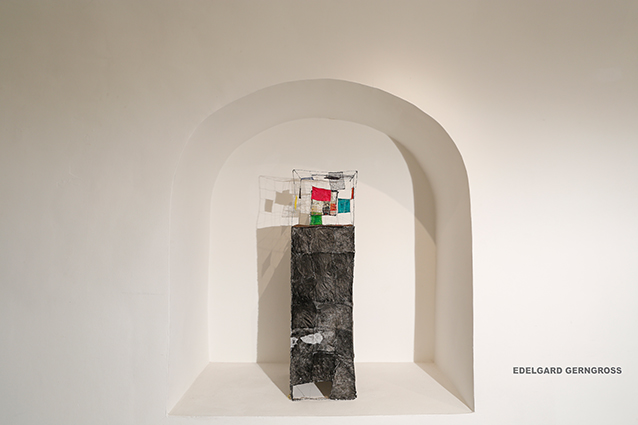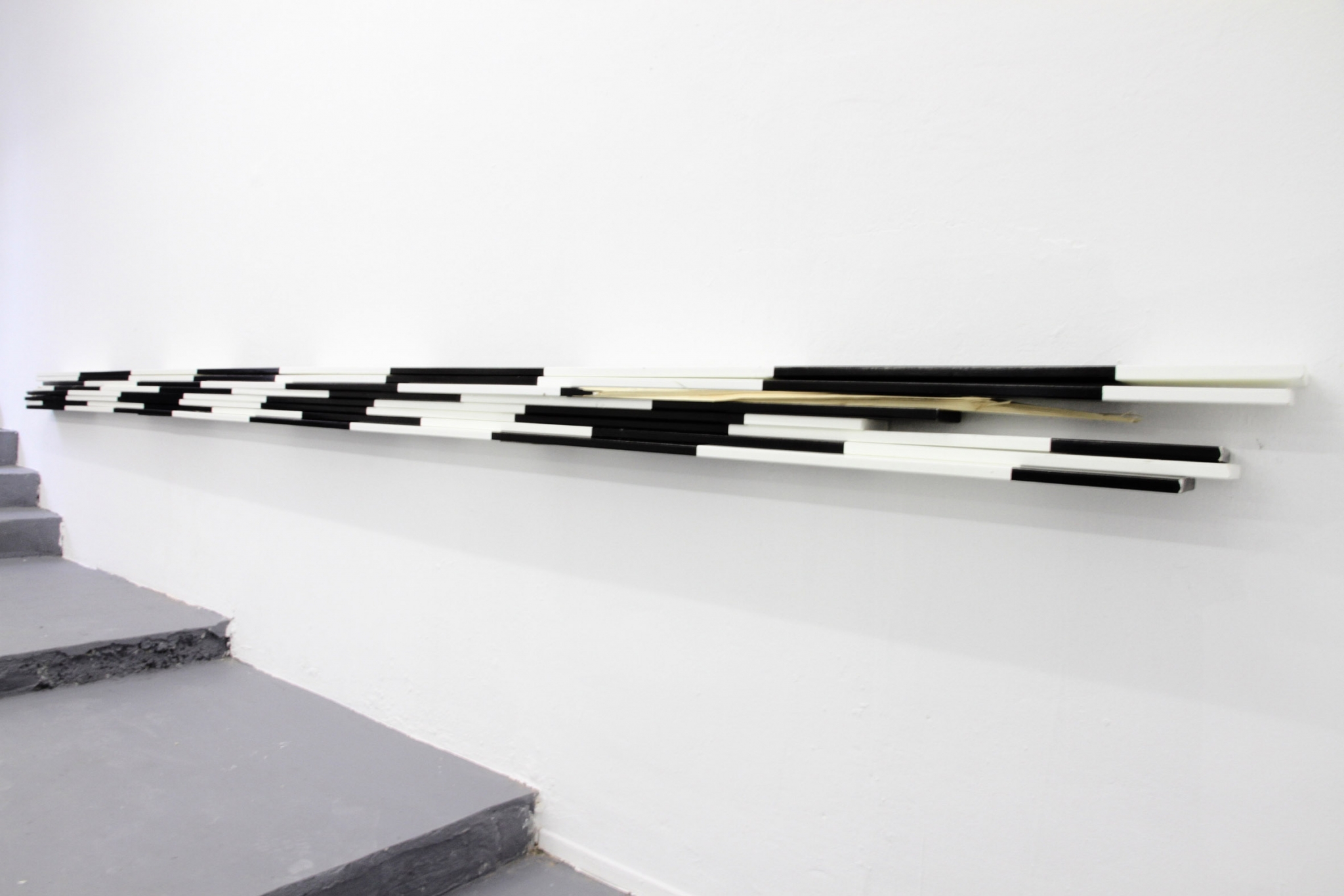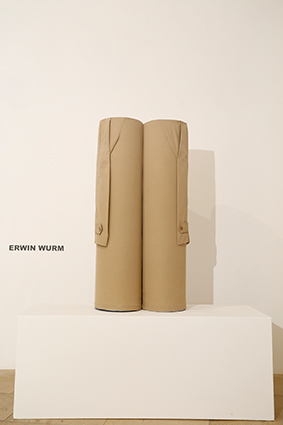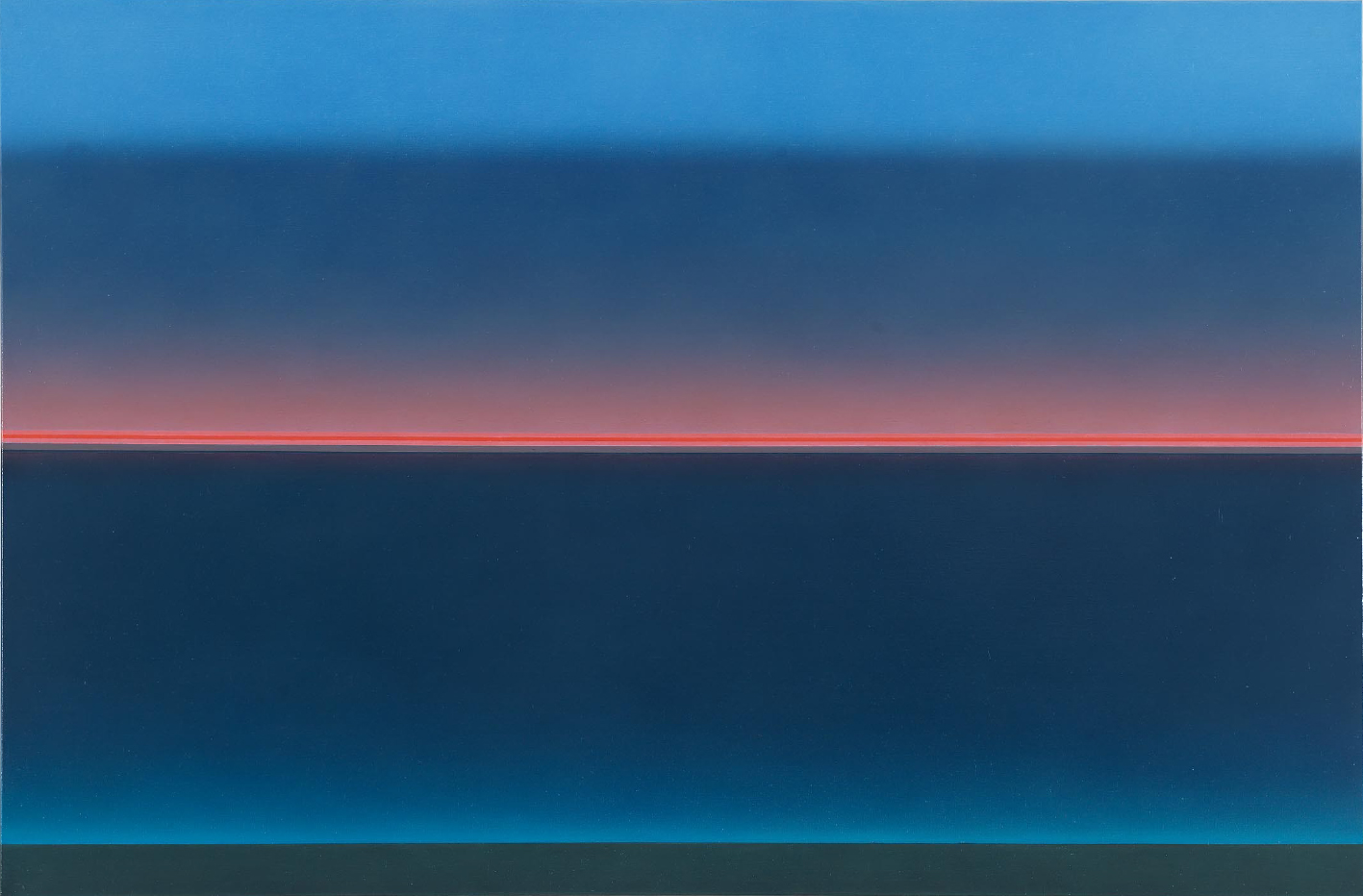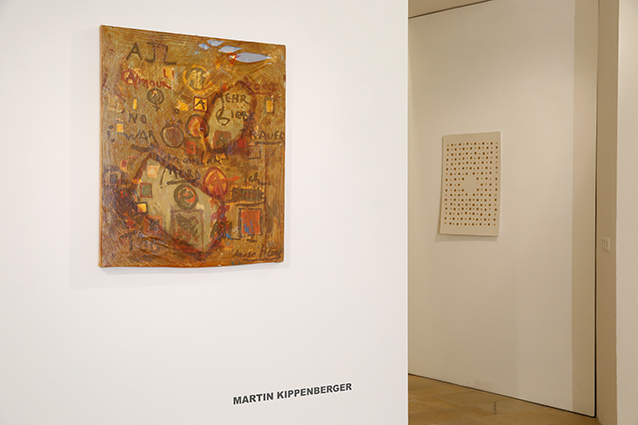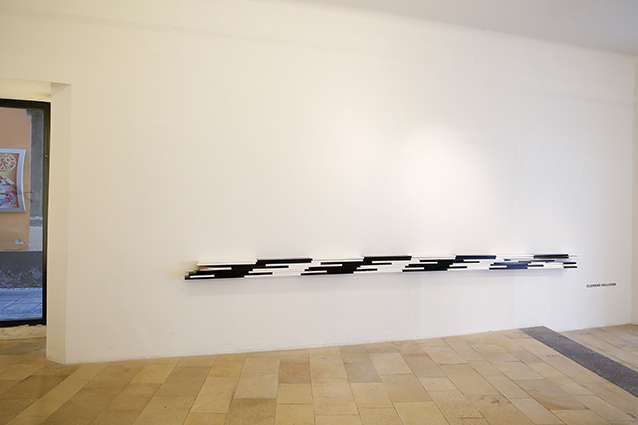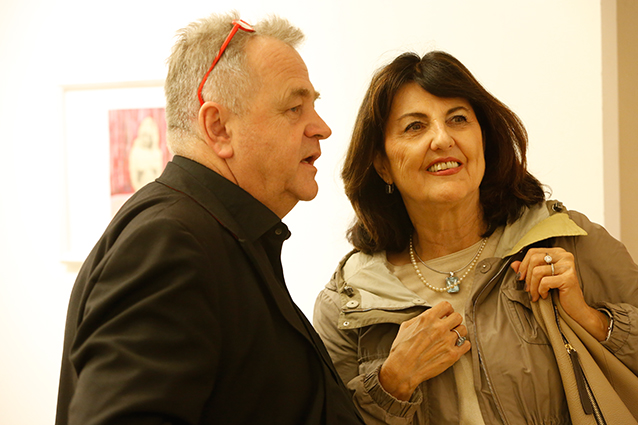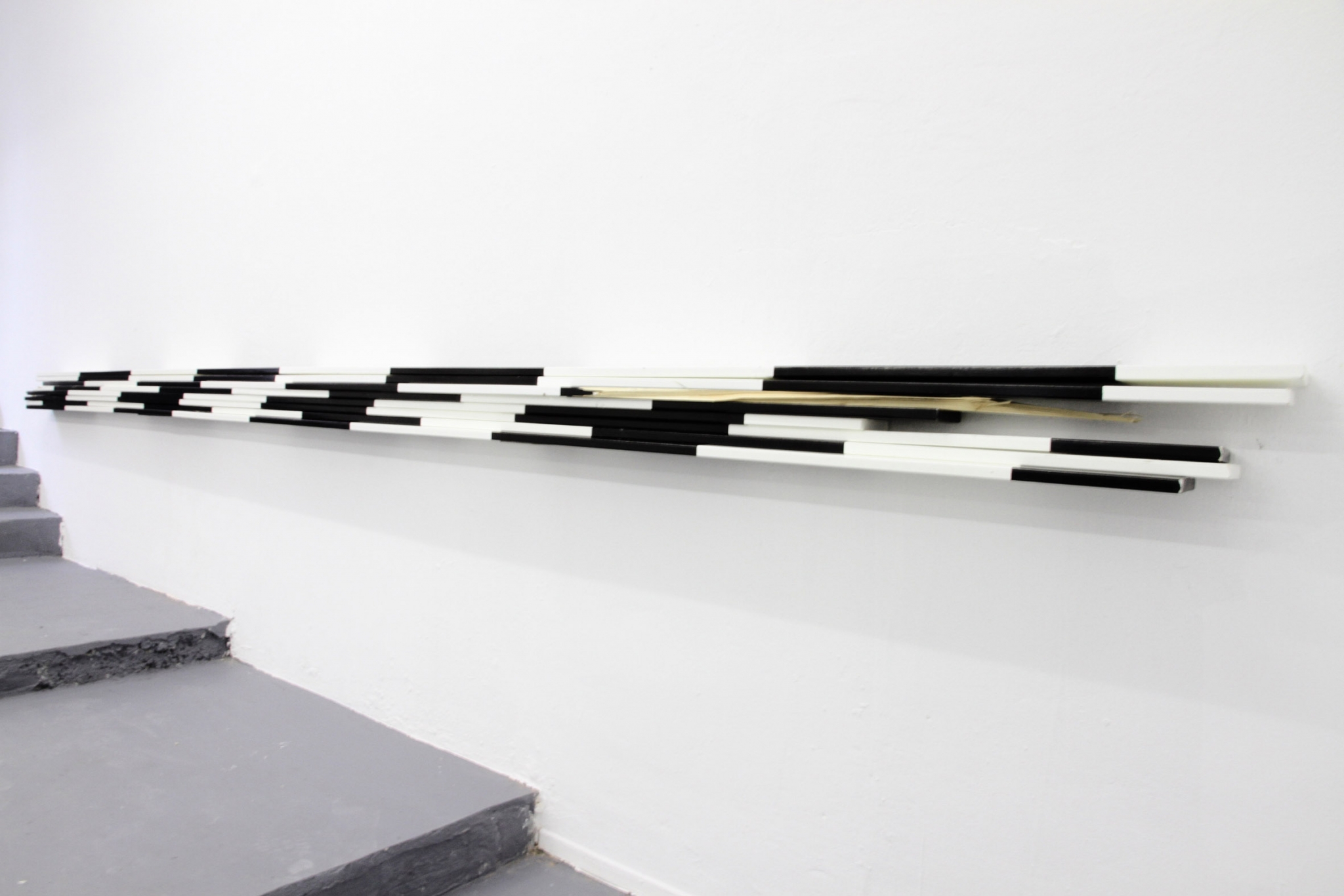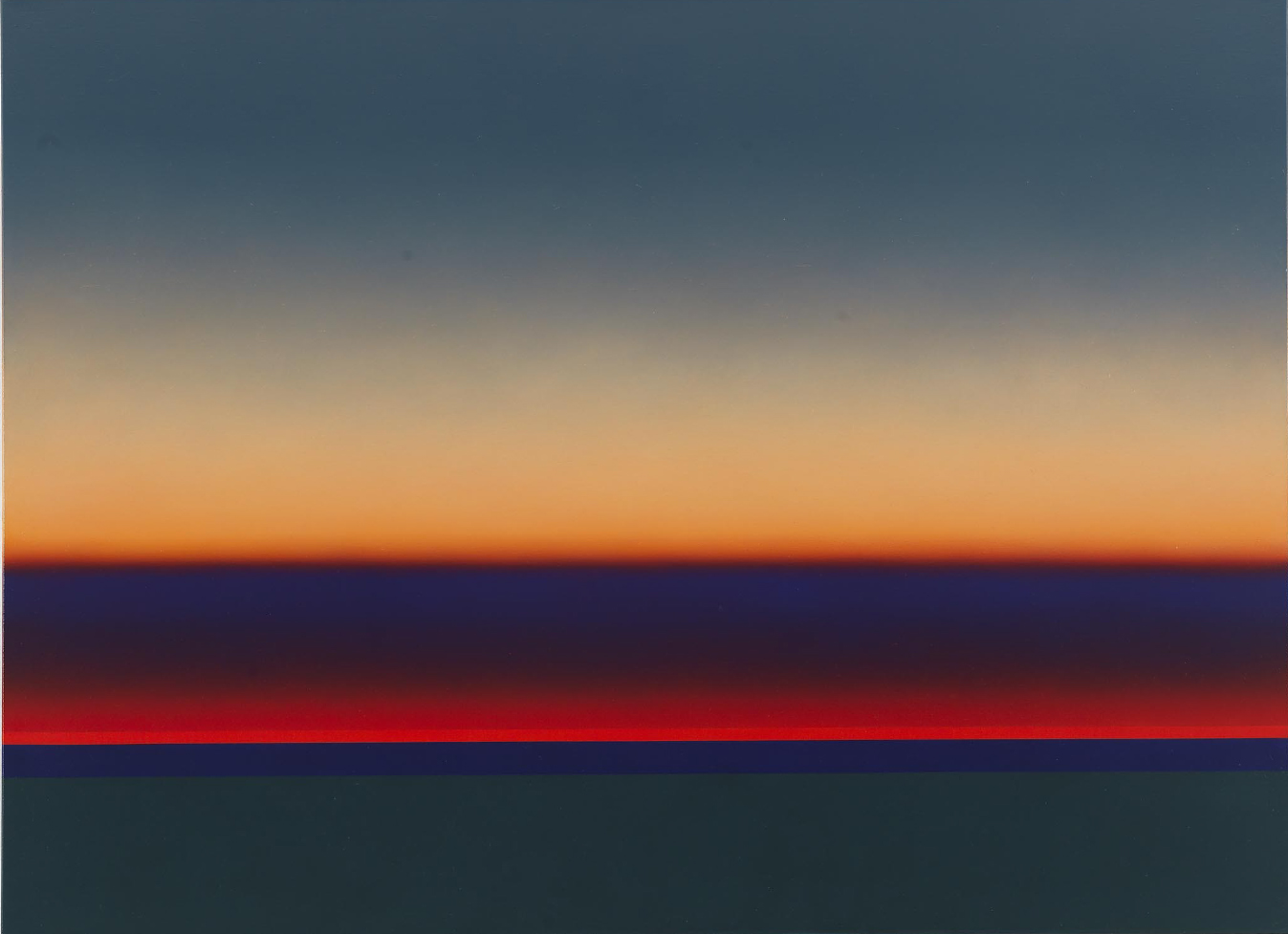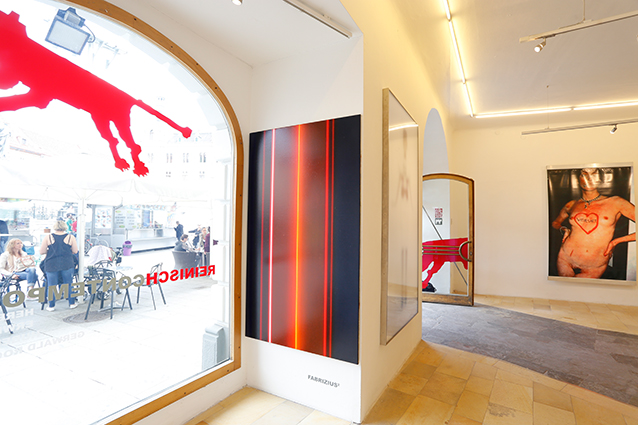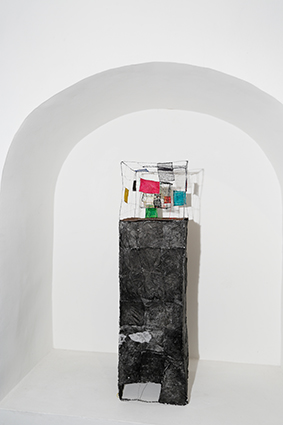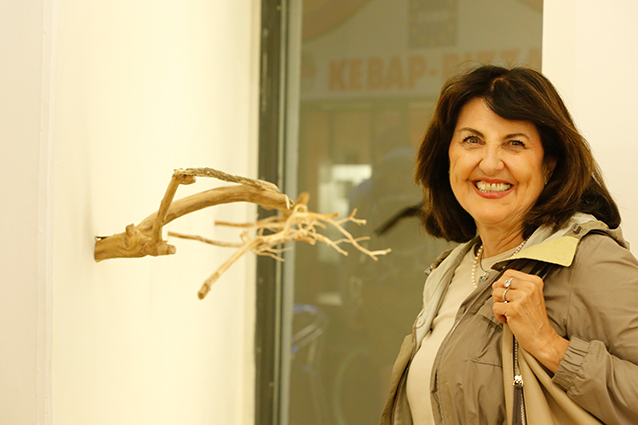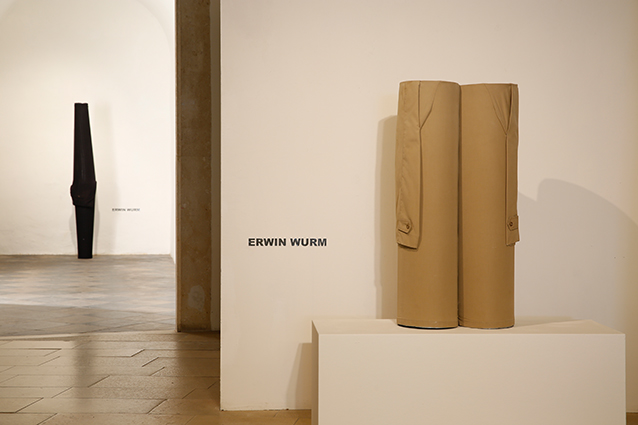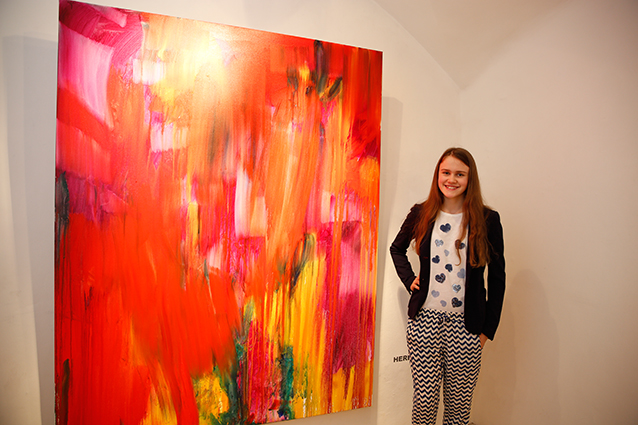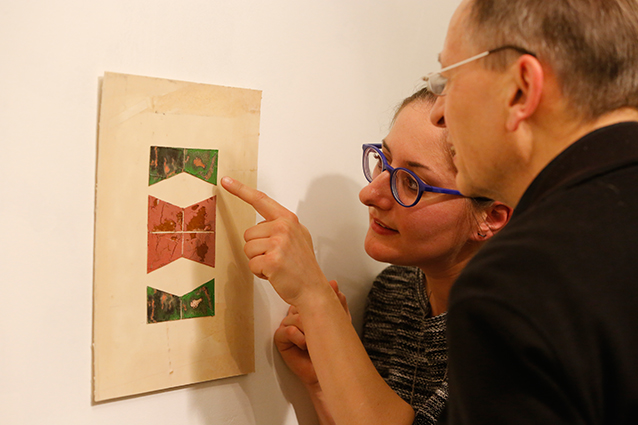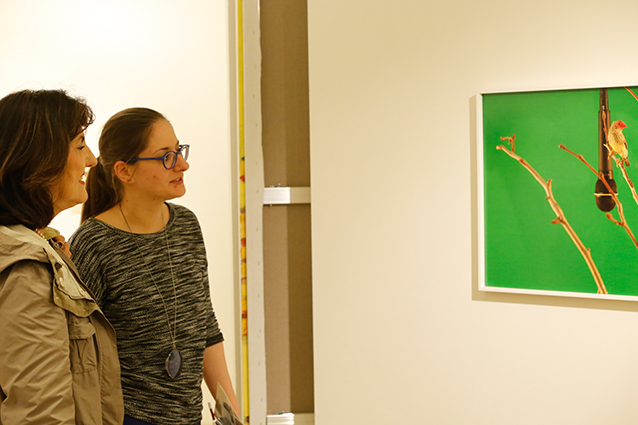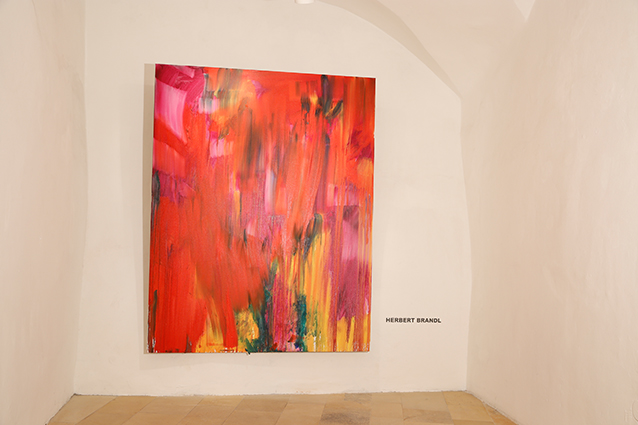Information and freely retrievable knowledge shape today’s life in an information society, which provides effortless access not just to current events, but also to the wisdom and know-how of past generations and ages. For artists who – as a result of a century of transgressions and paradigm shifts, the rise of media art and a return to the canvas – find themselves facing sheer limitless freedoms, this represents both an opportunity and a challenge. In the possible awareness of current developments and expressions of past decades, artists are developing very different strategies to realise their ideas.
Martin Kippenberger, Franz West and Erwin Wurm left the normative enclosure of art history in the 1980s, in order to irritate with subversive ambiguity and polysemy.
Herbert Brandl celebrates the creative act in an eruption of compressed energy, in the form of gestural-explosive painting. Time, continuity and precision, on the other hand, in innumerable steps, are the means with which Irina and Marina Fabrizius capture light. Time plays an equally important role in Edelgard Gerngross’ works, which are reminiscent of display cabinets. After all, they are the outcome of a labour-intensive process, which leads to a multi-layered, colour-saturated model of the world.
The negation of physical beauty in advertising and media, by means of distorting photographs beyond recognition, is the focus of the shown works by Eva Schlegel; while Christian Gasser provides an unadorned realistic glimpse of this subject by tearing down clichéd façades. Welded into rigid metal, Othmar Krenn used his own body as a medium, to highlight the relationship between found (natural) and created (cultural) form.
Dirk Meinzer’s subtle flower graphics use bees’ wings as form-giving elements; an utilisation of natural materials, which emanates simple perfection, yet also extracts all meaning from life. In Martin Roth’s work, it is nature itself, which creates. As an initial fuse, the artist generates situations in which displaced nature conquers spaces in unexpected urban settings. Clemens Hollerer reworks realistic impulses into objects, which apply their own yardstick to space. The compound into elements of urban space is heightened through the contrast of perfection in surfaces and finishing, and partly splintered ends.
Whether running on new media, citing epoch-referential side blows or escaping the normative enclosure of art, the shown works offer an exemplary insight into the diverse strategies and approaches of selected artists from Austria and Germany.
Manuela Schlossinger
